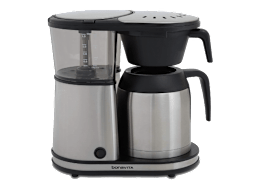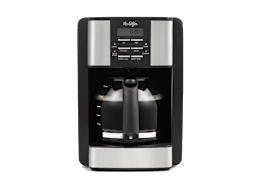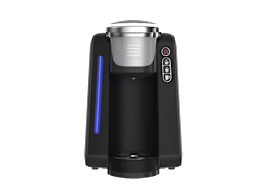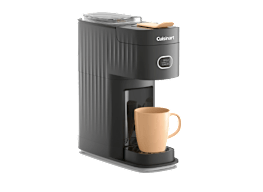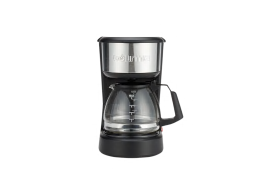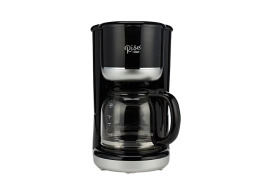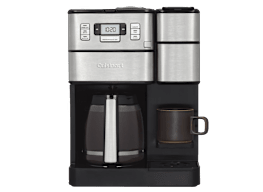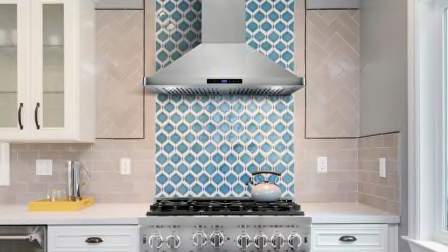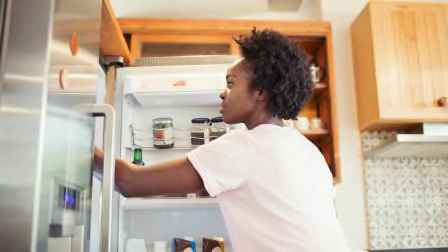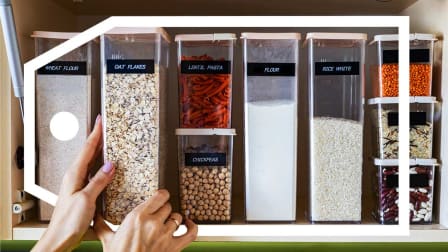Make the Best Iced Coffee at Home
Go bold to get a drink that stands up to ice and milk

Cold brew has given the coffee industry a jolt—retail sales surged 580 percent from 2011 to 2016, says Mintel's 2016 U.S. Coffee Report. But even cold-brew converts seem to save the drink for special occasions, according to the same report, perhaps because the trendy drink costs more at specialty coffee stores and can take a lot of effort to make at home.
Cold brew is so pricey because it requires twice as much ground coffee to make. And getting that smooth coffee flavor that cold-brew aficionados rave about takes time—most methods call for letting grounds steep in room-temperature water for 12 hours or overnight, with or without a specialized cold brewer.
But there are easy, cost-effective ways to make iced coffee with all the earthy undertones and floral top notes of hot coffee, as well as the drink's trademark acidity (which is lost during cold brewing), say the coffee experts at Consumer Reports.
Start With Great Coffee
CR's testing routinely reveals that the kind of coffee you use makes a dramatic difference. "Buy freshly roasted beans when possible and no more than a one- to two-week supply," says Ellen Klosz, who oversees Consumer Reports' coffee tests. In general, you’ll have to pay a bit more for the premium beans that stood out in our tests.
Go for Whole Beans
Our tasting experts routinely find you’ll get the most robust flavor from coffee—iced or otherwise—by using freshly ground coffee beans. Plenty of manufacturers make coffee makers that automatically grind beans just prior to brewing. The problem is, few do well in our brew performance test—only the Cuisinart Burr Grind & Brew, $170, performs well enough for us to recommend. Instead consider buying whole beans in small quantities, grinding them fresh, or storing them for up to a week in an airtight container.
Use Enough Grounds
“We’ve tested everything from filters to water to see what variables have the biggest affect on coffee taste,” says Ginny Lui, who oversees our coffee maker tests. “And we find that using more coffee has the biggest impact on the flavor profile and boldness of coffee.”
When we test drip coffee makers, our recipe is for a pretty light brew—particularly if you’ll be adding ice cubes to iced coffee later on. When making iced coffee at home, go bold—consider using 2 tablespoons of ground coffee per cup—and see how you like the results. It’s easier to thin out overly strong coffee with ice or water or milk than it is to compensate for a batch that’s too weak.
Brew at the Right Temperature
“You’ll extract the most flavor from coffee by brewing with water that’s between 195 and 205 degrees Fahrenheit," Lui explains. That’s easy enough with a pour-over coffee maker—simply bring water to a boil, let it stand briefly, then pour it over the grounds. Otherwise, use a stellar drip coffee maker to reach that temperature automatically.
The Cuisinart PerfecTemp DCC-3200, $100, remains our top-rated drip coffee maker, acing our brew performance test by keeping temperatures in that range for most of the brew cycle. The Hamilton Beach 12-cup Programmable 49465, $25, performs nearly as well for much less.
Make It in Big Batches
“When we test small or single-serve coffee makers, we rarely find they reach the optimal temperature for brewing,” says Lui. That makes them a poor choice for iced coffee. Instead, save a single-serve machine for brewing an individual cup in a hurry and use a drip coffee maker for a full batch. “Since brewing a full batch of coffee gives the coffee maker time to heat water thoroughly, a good drip machine will reach the temperature and brew at the right temperature for most of the cycle,” says Lui.

















